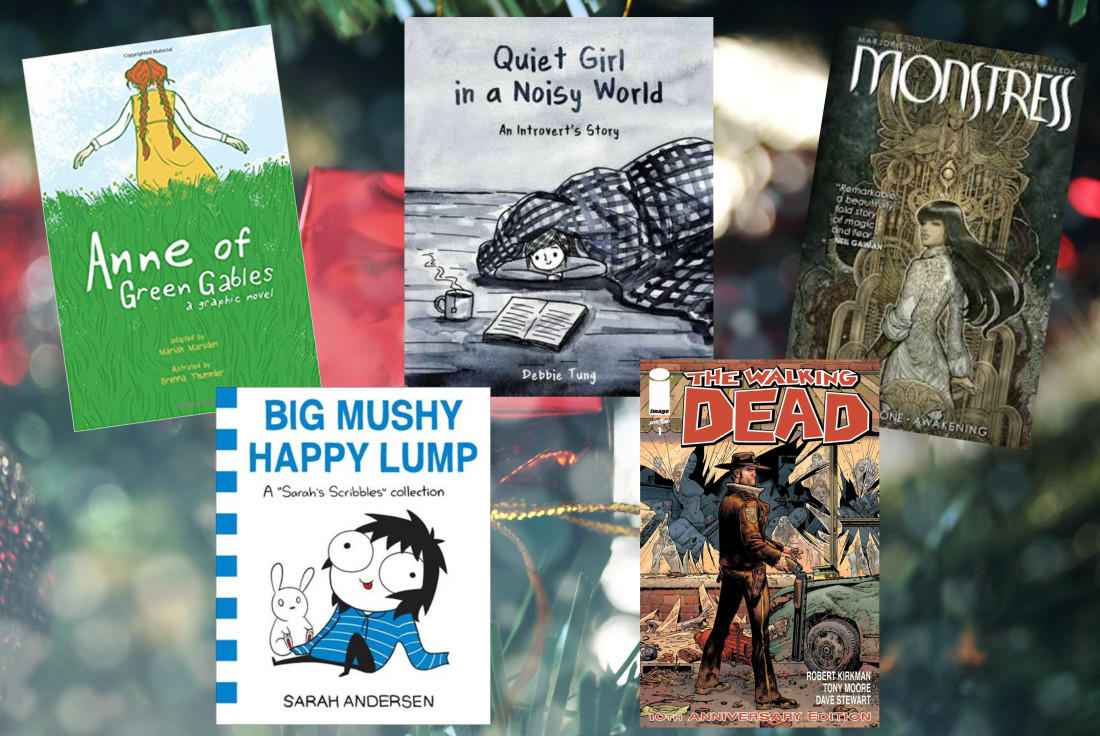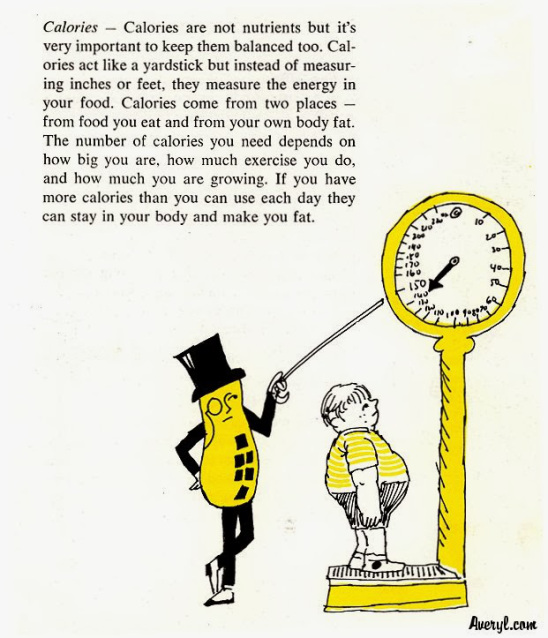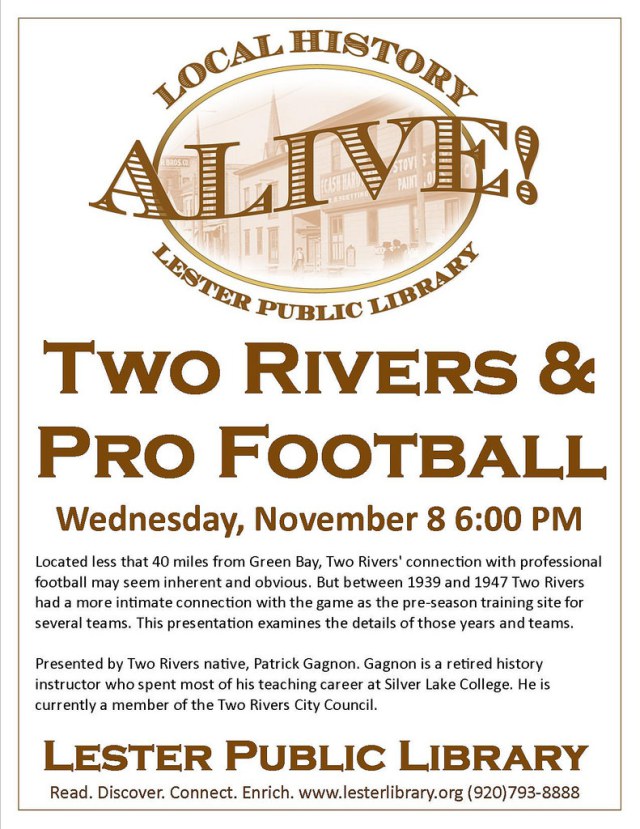Don’t worry, there’s only one more post to come regarding this theme! Alas, it has to wait until 2018…
Today I’ll review the other two James Peterson books in my collection, FISH AND SHELLFISH, and SAUCES.
Sooooo… let’s hit up the fishy book, first.
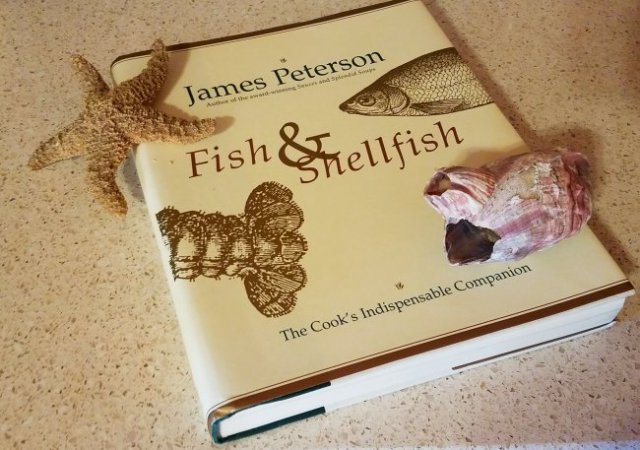
As long as you severely limit the mercury accumulators in the fish department, eating seafood once or twice a week is extremely healthy. You also want to pay attention to the Monteray Bay Aquarium guide – they’ll point you towards sustainable fish, and towards which are best farmed, and which are best wild-caught, and where. Essentially, the smaller the fish, the more sustainable. The farming of Arctic char is more sustainable, as it is done in cold-water lakes, than is farmed salmon. There are places to find sustainable tilapia, but this is rare, so I’ve eliminated that fish. Fresh sardines are surprisingly wonderful. They are small, wild-caught, and have a lot of northern sea water healthy oils.
About ten or twelve years ago, I still ate bluefin tuna at sushi restaurants in the form of toro. I don’t eat toro or bluefin any more. I consider it sort of the level of eating endangered tiger or something. Nope.
Anyhow, on to the book review…
FISH AND SHELLFISH. The book is divided into three main sections, 1) Finfish (vertebrate seafood, for us biologists; 2) Shellfish (which also covers the non-shelled invertebrates, think squid), and 3) Seafood in Other Guises, which doesn’t mean there’s a third category of fish, but that many are readily combined in salads, soups, stews and other preparation methods. At any rate, the shellfish section is further divided into types of shellfish, while the finfish category is divided into basic prep methods: baking, braising, grilling, curing, serving raw, and so forth.
There’s a very helpful finfish dictionary, where Peterson lists many types of fish (divided further into salt water and into fresh water species), and provides a quick overview of best cooking techniques. He also indicates where you might find the best representatives of various species.
To lead things off, Peterson has a short section entitled, “From Market to Table: How to Buy, Store, Prepare, and Serve Seafood”. I know some seafood lovers who only order it out in good restaurants, because they’re not sure what to look for at the supermarket. I’m lucky enough to live close to a coast, so I will see more fresh seafood than, say, someone from Ohio or Kansas. Still, there are groceries near me where I won’t even look at the fish, whereas others serve up the freshest, and have knowledgeable fish mongers behind the counter.
Like the other books I am reviewing in this series, it’s a hefty tome. There is a section with photos of various recipes, but it would be nice if there could be more – I suspect they just don’t fit! Peterson provides photos showing one how to shuck many of the shell fish, as well as how to clean squid and section octopus. Towards the back of the book there are pen and ink diagrams laying out the anatomy of round fish (most of the finned ones) and flat fish (flounder and the like).
I’m not really able to count how many types of fish Peterson covers, but this book is quite exhaustive. Highly recommended.
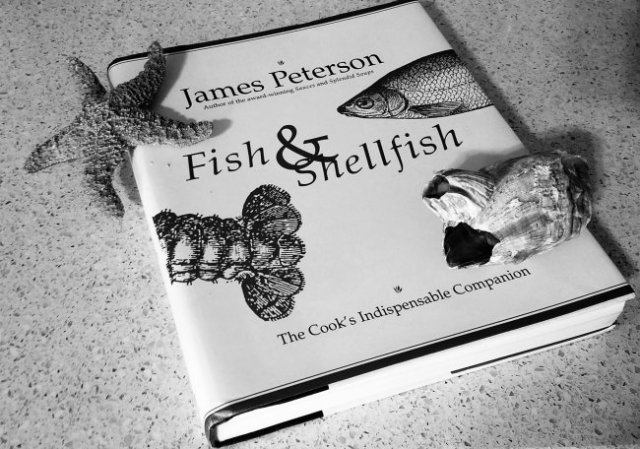
SAUCES, by James Peterson, is even heavier than the Fish & Shellfish book.
About a quarter way into the book, there are color photos of sauces, in series to demonstrate techniques. Here we can visualize the making of Bechamel, a cream based Veloute, an egg-based Veloute, Beurre blanc, Remoulade, Bearnaise, clarified butter, sauce Americaine, and a few others.
The book itself is divided into several sections:
A Short History of Sauce Making: Discusses cooking and sauces from the ancient Greeks and Romans, into the Middle Ages, and up to the 20th century.
Equipment: Implements, tools and serving utensils.
Ingredients: An overview from Asia through the rest of the world, this touches on spices, mushrooms, spirits, and other oft-found ingredients.
Stocks, Glaces, and Essences: As many sauces are based on broths and stocks, there’s material on making meat, seafood and veggie stocks and the like.
Liaisons, an Overview: Essentially, this is how to thicken a sauce, and the ingredients that may be used are more numerous than I would have thought.
White Sauces for Meat and Vegetables: Some of the major white (cream-based) sauces, as well as information on improv.
Brown Sauces: With or without wine; modern methods, how to improvise.
Fish Sauces: As it says, both classic French and contemporary.
Integral Meat Sauces, and Integral Fish Sauces. Which are sauces initiated with the liquids obtained from braising, poaching, etc.
Crustacean Sauces: As it says… And, other sections are: Jellied Sauces, Hot emulsified egg-yolk sauces, Mayo-based sauces, Butter-based sauces, Salad sauces and dressings, Purees, Pasta sauces, Asian sauces (by no means exhaustive on this), and Dessert sauces.

This is an excellent book. If you are vegetarian or Paleo, there are books you can add in to drill down to the ingredients you prefer to eat, but owning this one provides all the principles you’ll need. Recommended!
This post is being shared over at Fiesta Friday. This week cohosted by Sandhya @ Indfused.com.
Advertisements Like this:Like Loading... Related
